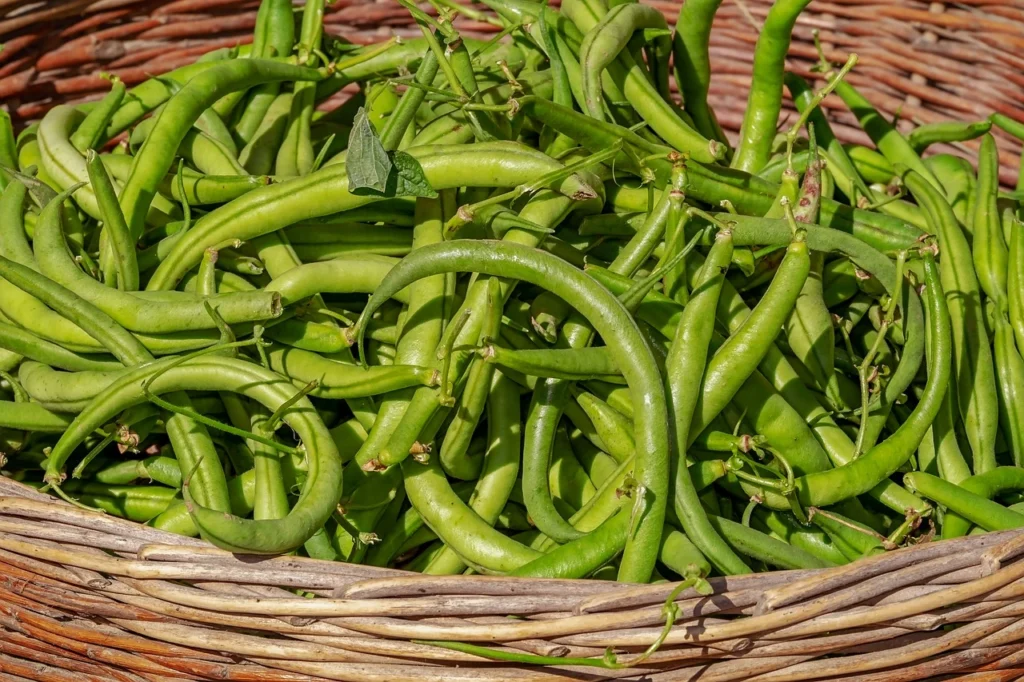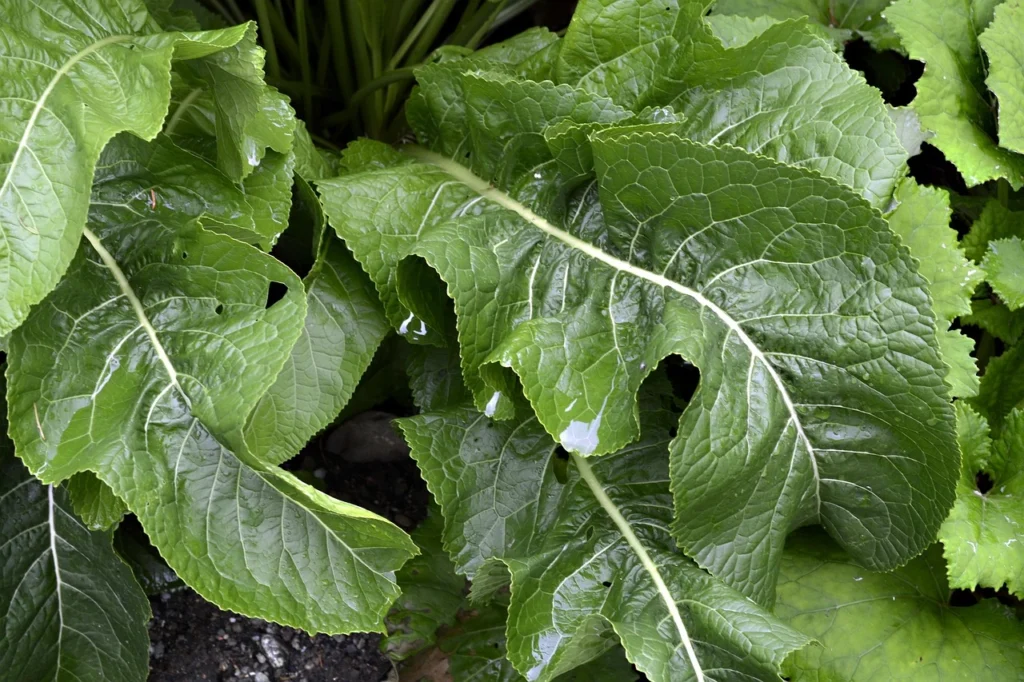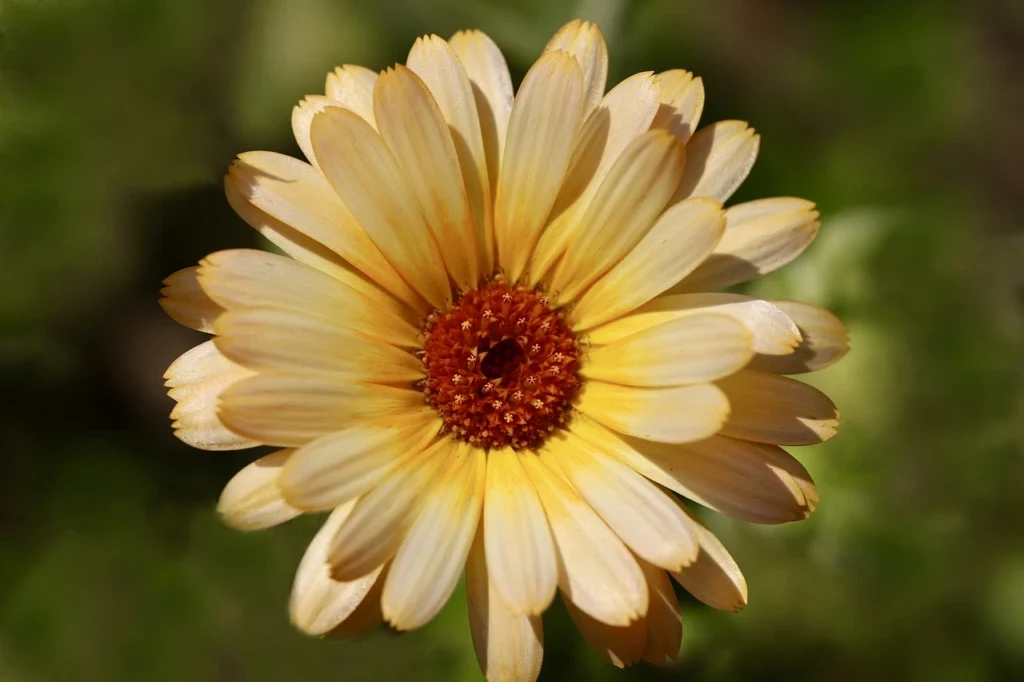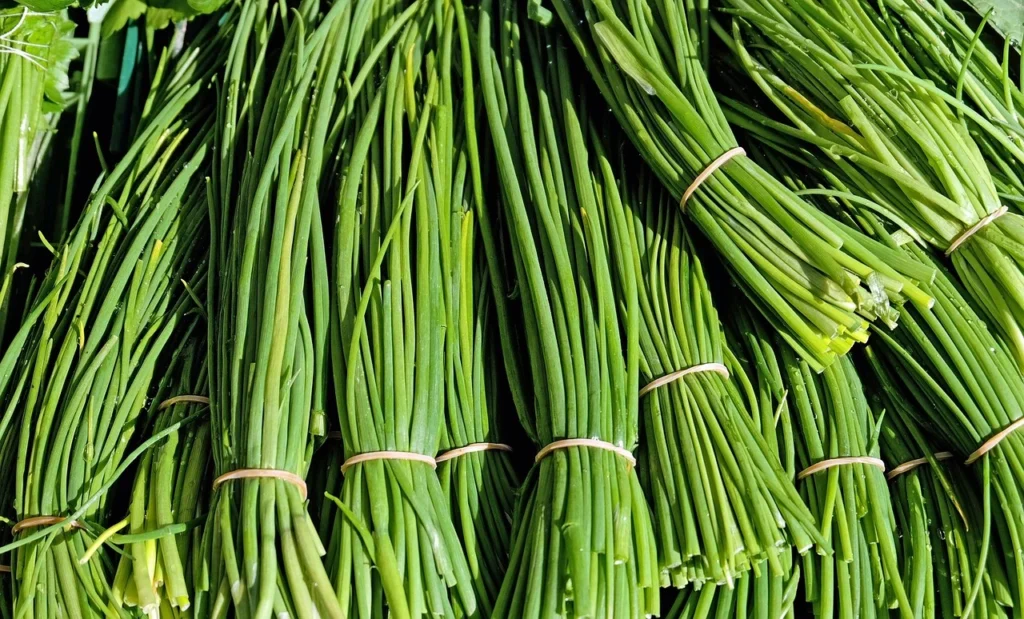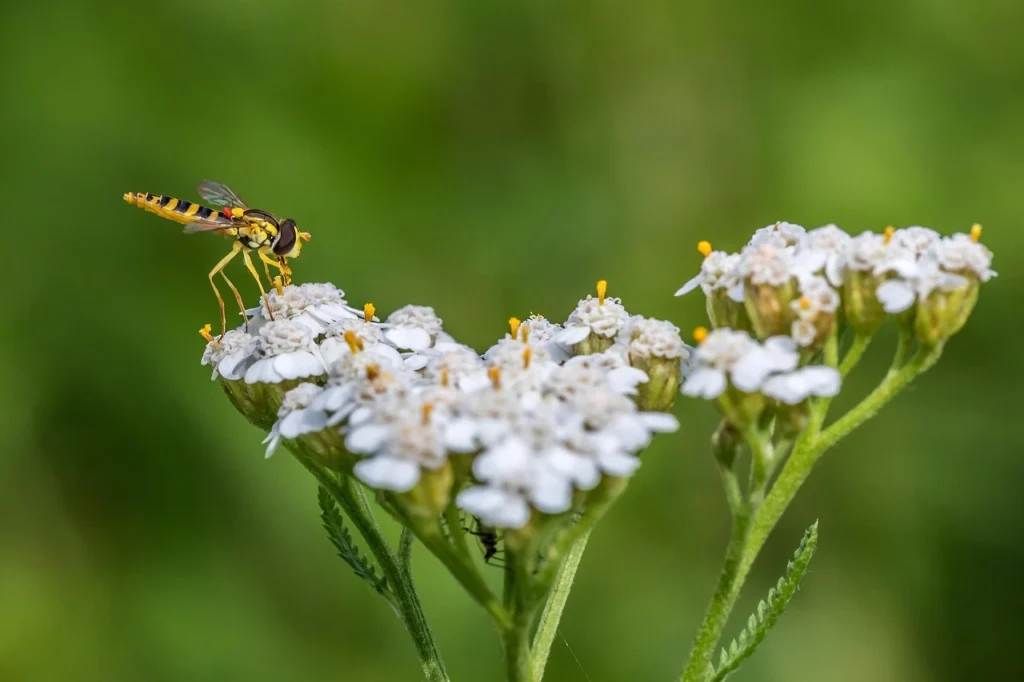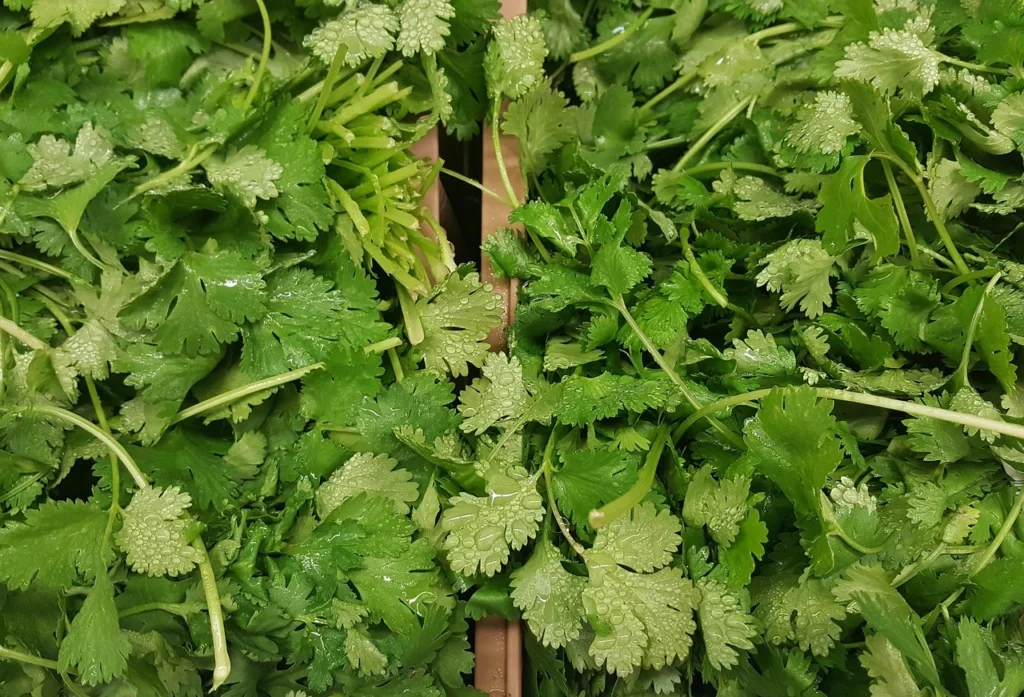The 10 Best Companion Plants for Potatoes (With Bonus Garden Planning Quiz!)
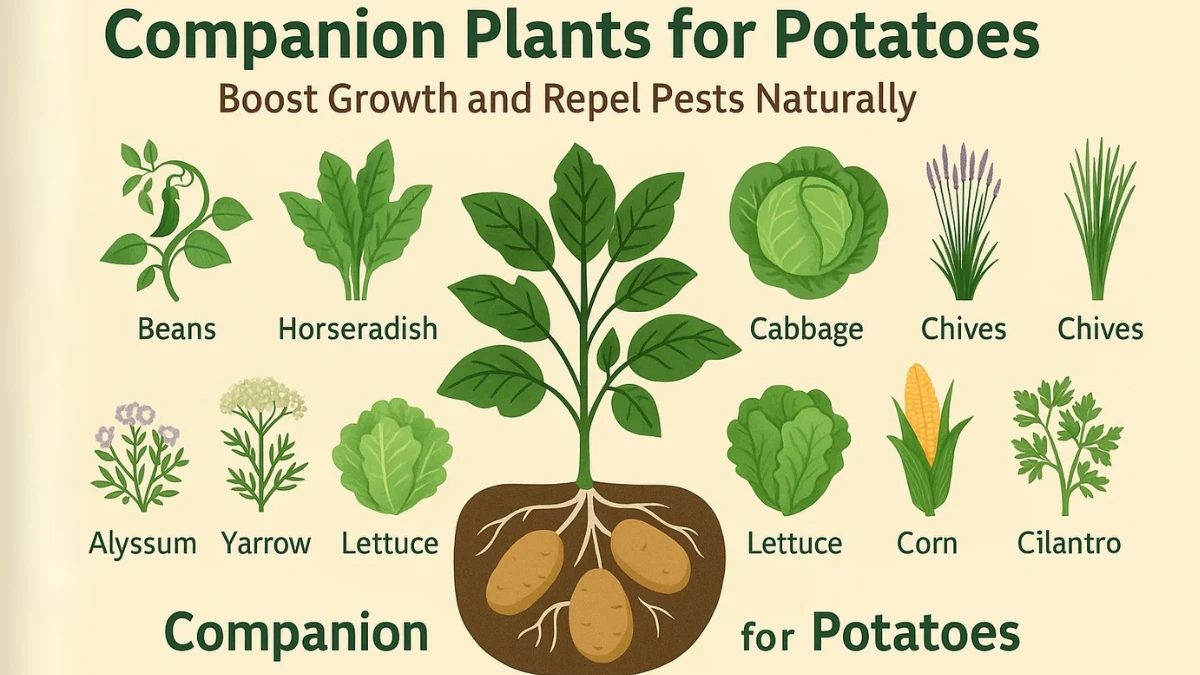
Growing potatoes can be incredibly rewarding, but they rarely thrive on their own. That’s where companion plants for potatoes come in. Just like people, potatoes benefit from good neighbors — plants that help repel pests, improve soil health, or boost yields. The idea of companion planting is simple in theory, but rich in nuance. While some gardeners swear by certain plant pairings, others point out that the science is still catching up. Yet, time-tested traditions and anecdotal success stories often provide valuable insights that make a real difference in the garden.
Table of Contents
What Is Companion Planting?
Companion planting involves strategically placing different plants together to benefit one or both species. These benefits can include:
- Pest Control: Some plants emit scents or chemicals that repel harmful insects.
- Attracting Beneficial Insects: Certain flowers and herbs attract pollinators and predators of common pests.
- Improved Growth: Some plant combinations enhance nutrient uptake or provide physical support.
- Soil Enhancement: Legumes, for example, fix nitrogen in the soil, benefiting neighboring plants.
- Efficient Space Use: Combining plants with different growth habits can maximize garden space.
Historically, indigenous peoples practiced companion planting, such as the “Three Sisters” method, where corn, beans, and squash are grown together for mutual benefit.
Use our plant spacing calculator to find how far to plant potatoes and their companions.
Why Companion Plants for Potatoes Make a Bigger Difference Than You Think?
At first glance, companion planting might seem more anecdotal than scientific — especially when it comes to potatoes. But many growers notice meaningful differences in pest control, growth rates, and even yield quality when the right neighbors are planted nearby. Whether it’s about nutrient sharing, scent-based insect deterrence, or attracting the right pollinators, companion plants for potatoes offer subtle advantages that add up. Still, like most things in gardening, results vary — and that’s part of the beauty.
So, what are the best companion plants for potatoes? Let’s explore a mix of traditionally recommended allies and a few surprising additions.
Beans
Beans are a classic companion plants for potatoes — and for good reason. They fix nitrogen in the soil, improving the nutrient profile for your potato plants. But here’s where it gets a little tricky: not everyone agrees on this match. While pole beans can sometimes shade potatoes too much, bush beans tend to complement them better. It’s one of those cases where observation in your own garden might be more useful than a blanket rule.
Horseradish
Often placed at the corners of potato beds, horseradish is believed to deter pests like the Colorado potato beetle. Whether that’s entirely true or just folk wisdom passed down through generations, many gardeners won’t plant potatoes without it. Even if it doesn’t offer full protection, horseradish adds a rustic touch to the garden, and it’s relatively low-maintenance.
Marigolds
Almost every gardener includes marigolds somewhere — and for potatoes, they might serve as a colorful line of defense. Marigolds are thought to release compounds that deter nematodes and some beetles. Are they a magic bullet? Probably not. But they’re cheerful, easy to grow, and could provide just enough of an edge to be worth the space.
To maximize your potato yield per square foot use our Plant Population Calculator.
Cabbage Family Plants (Cabbage, Kale, Collards)
This one sparks debate. Some sources advise against planting brassicas near potatoes due to differing nutrient needs, while others point to their pest-repelling abilities as a strong reason to interplant them. In a smaller garden, it may come down to how carefully you manage spacing and soil nutrition. It’s not a clear “yes” or “no,” but rather a “try it and see.”
Chives
Chives are mild enough to grow alongside most plants, but for potatoes, they’re considered helpful in repelling aphids. Whether they offer significant protection or simply a tiny deterrent is hard to say. Still, they don’t take up much room, and they’re handy in the kitchen — a win either way.
Alyssum
A bit of an unsung hero, alyssum can help attract beneficial insects like ladybugs and lacewings, which feed on common potato pests. It’s not a direct benefit, but it creates an ecosystem balance that can quietly support your potatoes over time. Plus, it’s lovely to look at.
Yarrow
Yarrow’s strong scent and ability to attract pollinators and predator insects makes it a strategic addition to any garden bed. It may not physically shield your potatoes, but many gardeners notice healthier plants when yarrow is nearby. Cause and effect? Hard to prove. But pattern recognition in gardening counts for a lot.
Use our compost calculator to find how much compost your potato bed needs.
Lettuce
Lettuce doesn’t directly support potatoes in the way pest-repellent plants might, but it’s a space-efficient partner. Because lettuce has shallow roots, it can grow well in the spaces between potato rows without competing much for nutrients. Some people think of it more as a placeholder crop — and honestly, that’s fine.
Corn
Another slightly controversial one. Some companion planting guides suggest avoiding corn because it competes for nitrogen. Others find no issue when spacing and soil amendments are managed carefully. If you’re curious, try planting a few rows near the edge of your potato bed and monitor the results.
Cilantro
Cilantro’s fragrance is said to confuse or deter pest insects, including aphids and spider mites. And because it bolts quickly in warm weather, its flowers offer nectar for beneficial insects just when potatoes start to face peak pest pressure. It’s not a guaranteed shield — but it’s a low-risk, high-reward experiment.
Companion Plants for Potatoes Quiz
What Should You Plant with Your Potatoes?
Plants to Avoid Near Potatoes
Even the most flexible gardeners agree on a few “no-go” companion plants for potatoes:
- Tomatoes and other nightshades (compete for nutrients, share diseases)
- Pumpkins and Squash (spread aggressively, attract similar pests)
- Sunflowers (can suppress tuber growth with allelopathic compounds)
Avoid these combinations unless you enjoy chaos in your beds.
Final Thoughts
There’s no perfect formula when it comes to companion plants for potatoes. What works in one climate or soil type may fall flat in another. Some gardeners swear by marigolds and horseradish; others notice no difference at all.
And that’s okay.
Gardening is a mix of science, observation, and intuition. Companion planting isn’t just about hard data — it’s about relationships in the soil, above it, and between you and your plants.
So if something works for you — even if the experts say otherwise — maybe that’s worth listening to.

